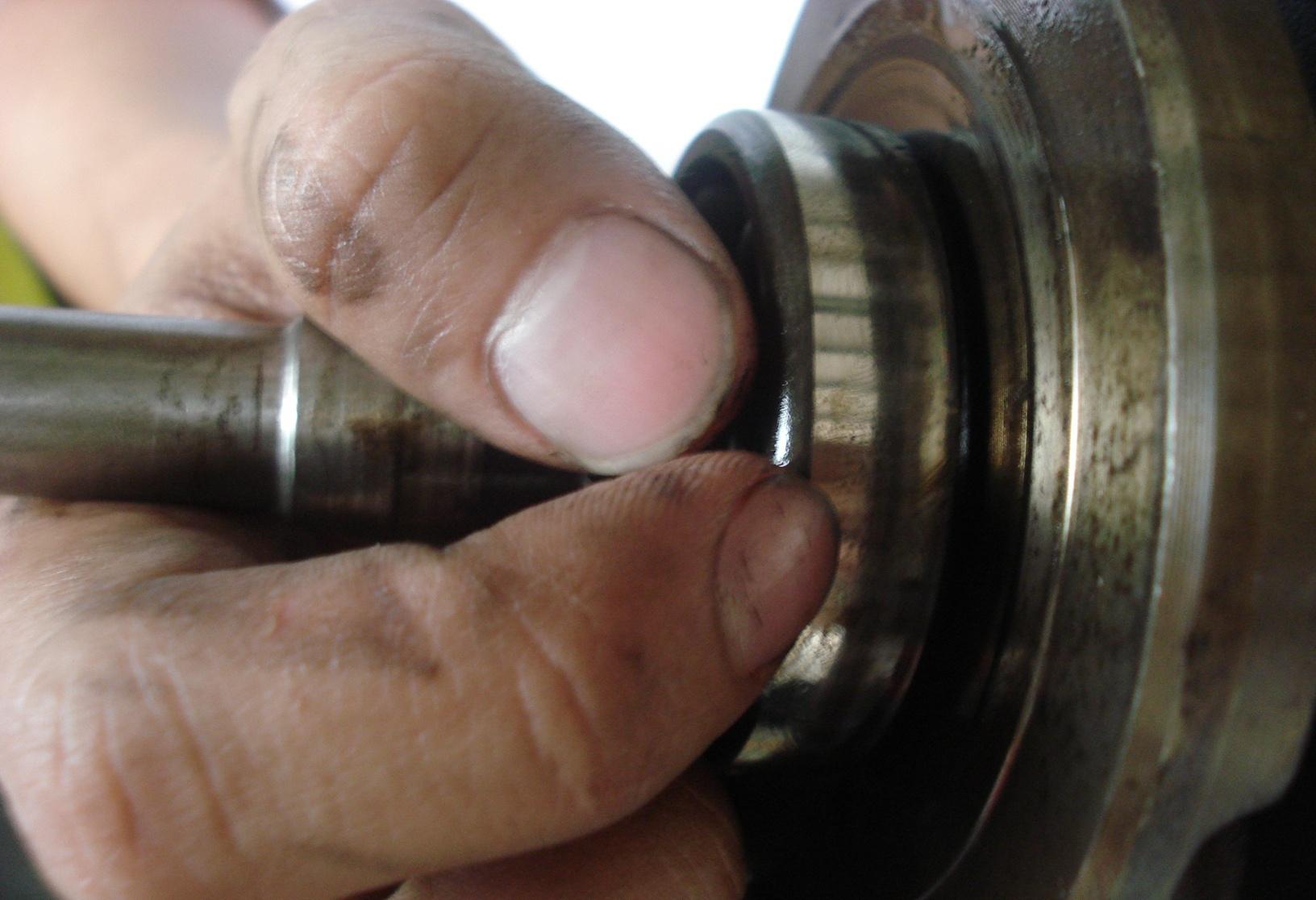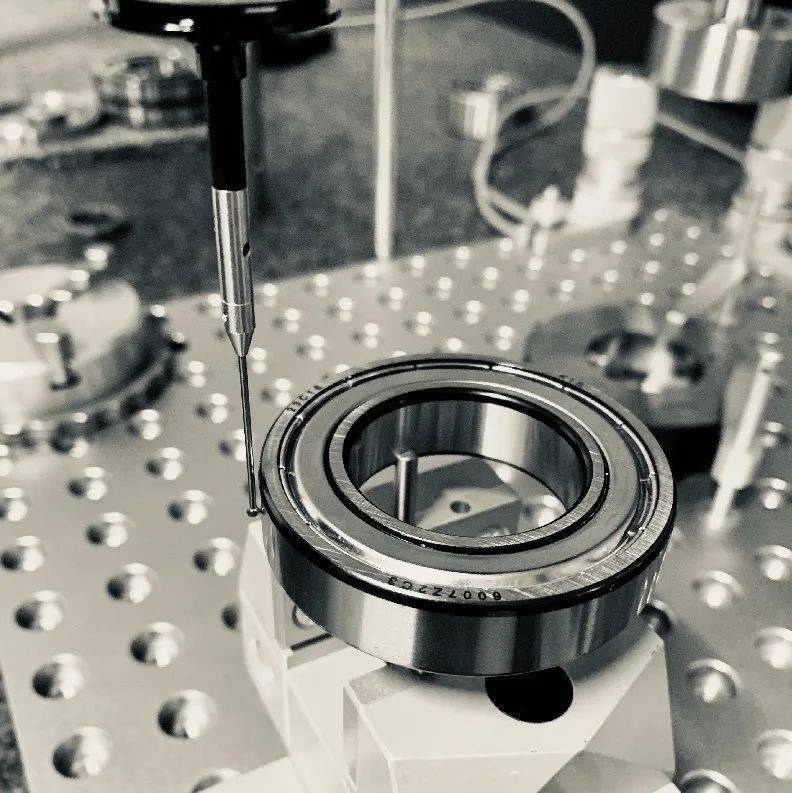Wishlist
The products are limited
The products are limited
A bearing housing is a critical component that supports bearings and ensures their proper function. It's constantly under pressure and friction from the bearing and the operational load. But for a variety of reasons, these housings can become damaged. Understanding the root causes of this damage, from material quality to environmental factors, is key to preventing it.
The quality of the material is one of the most significant factors leading to bearing housing damage. If the material is substandard or has defects—such as porosity, inclusions, or non-metallic impurities—the housing's strength and toughness will be greatly reduced, making it prone to fracture or deformation.
The material's hardness also plays a crucial role. If the hardness is either too low or too high, it can accelerate the housing's wear and damage. Simply put, a faulty foundation leads to a faulty structure.
Incorrect installation is another common cause of bearing housing failure. During the installation process:
If the fit between the housing and the bearing has a clearance that is too large or too small, the force on the housing will be unevenly distributed. This leads to accelerated wear and fatigue damage.
If the housing's axial or angular position isn't adjusted correctly, it can cause the housing to oscillate or become skewed. This, in turn, can cause vibration and noise, further speeding up wear and tear.
Proper installation is not just about getting the parts together; it's about ensuring a precise, even fit to minimize stress.

Lubrication is vital for a bearing housing's longevity and performance. If the quality of the lubricant (oil or grease) is incorrect, or if there's an insufficient supply, the housing will experience poor lubrication during operation. This increases friction and accelerates wear.
Furthermore, if the lubricant contains impurities or moisture, it can lead to corrosion and further damage to the housing. Clean, sufficient, and correct lubrication is essential to protect the housing from these forces.
The working environment is a major factor in bearing housing damage. If a housing operates in harsh conditions such as high temperatures, high humidity, or in the presence of corrosive media, its corrosion and damage will accelerate.
Additionally, if the operating environment has significant vibration and impact, it can also negatively affect the housing's normal function. When designing or selecting a bearing housing, you must consider the specific environmental conditions and implement protective measures to extend its service life.
To ensure proper use and extend the life of your bearing housings, you must be diligent in material selection, installation adjustment, lubrication management, and environmental protection. By effectively controlling these factors, you can significantly reduce the risk of bearing housing damage and improve your equipment's reliability and efficiency.

Please contact us at https://tfl-bearing.com/contact for any questions about bearings, and if you are choosing a ball bearing distributor, we would be happy to give you a quote.